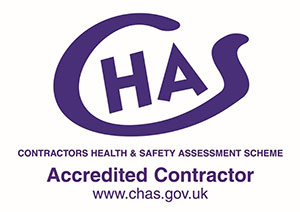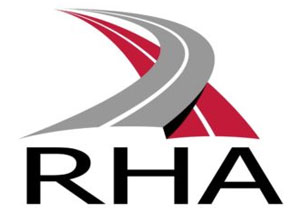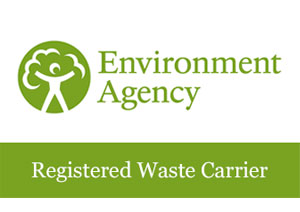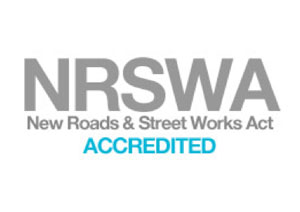Sewer Connections at JW Clark
Go to our new dedicated groundwork & civils website Open site
At JW Clark Ltd, we are approved contractors for sewer connection installations for the following utility companies: Anglian Water, Severn Trent Water and Thames Water.
Sewer Connection Services by JW Clark. An overview:
The most common types of sewer connection we carry out, both private and commercial, are for ‘new build’ projects, and this can be anything from 1 new house to many, and with no upward limit, they always need connecting to the public sewer. A connection to the public sewer is normally the only option, and is certainly the preferred option, as opposed to connection to a Treatment Plant or similar off-mains drainage.
We also carry out many sewer connections whereby a Treatment Plant or Septic tank is being decommissioned. Since January 2020, it has been a legal requirement to connect to the public sewer where old Treatment Plants do not meet current guidelines, or whereby old-fashioned Septic Tanks are still in use. Since 2020, if a public sewer exists within a reasonable distance, you no longer have the option to install a new Treatment Plant, you must connect to the public sewer. Our work will often include to re-route drainage from the old Treatment Plant or Septic Tank, divert to the new sewer connection, and then to decommission and make safe the old Treatment Plant or Septic Tank.
The vast majority of connections to the public sewer are made are in the public highway, i.e. the verge, pavement or normally the road, and range from being 1m deep to 5m deep or even more sometimes. To carry out the work in the Highway a ‘Section 50 licence’ is required, and this is where we come in. We will normally act as the Agent in this respect, taking care of the Section 50 Licence application, from start to finish. To be able to apply for a Section 50 Licence, you need specialist and a higher-than-normal level of insurance, employees with the correct NRSWA accreditation for both Operatives and Supervisors, and also extensive knowledge of the utilities industry, and we have all of this including experience gained over many years.
A Section 106 is also required, and this is obtained via a Section 106 Licence application to the relevant Water Authority, i.e. Anglian Water or Thames Water etc. As with the Section 50 application to Highways, we will normally act as the Agent when it comes to the Section 106 application, and we have good contacts with all of the Water Authorities.
There a several methods of connecting to the public sewer. Indirect and Direct, and then via Junction Insertion, Saddle Connection or Manhole Construction. Whatever has been requested by the Water Authority, we can take care of it. In the event that we can see a cheaper or quicker solution – and we often can – then we will work with you and the relevant Water Authority to make it happen. We have good contacts with all the Water Authorities, and we have personal and first-name contacts at each, helping to make the applications processes run particularly smoothly and efficient as possible.
At the end of the works being completed and approved by the water authority, a final inspection certificate will be provided to the contractor/applicant. These are often required when trying to sell the houses later on down the line, and we will always ensure that we leave you with a full sign-off at the end of the project or soon after.
If you have any questions or queries please don’t hesitate to get in touch with our friendly team today, head over to our contact page (opens in a new tab) for more details.
We now have a dedicated site for groundwork and civils.
Send us a contact form enquiry about your sewer connection project here.
Open contact form
- 20+ years’ experience in facilitating Sewer Connections & Sewer Diversions
- Anglian Water approved. Also Severn Trent & Thames Water
- Section 106 Applications to Water Authority taken care of on your behalf
- Section 50 Applications to Highways taken care of on your behalf
- Traffic management planning including traffic lights if required, road closures and diversions not a problem for us
- All types of connection method including Direct & Indirect, Junction Insertions, Saddle Connections and Manhole Construction
- New connections to replace Treatment Plants/Septic Tanks, including full planning and re-routing from start to finish
- Accredited Health & Safety Contractor, multiple company & operative accreditations
- We will take care of your whole project from start to finish, acting as Agent to the authorities, liaising with neighbouring properties where necessary, facilitating profession job from planning to excavation to reinstatement and Water Authority sign-off.
- We have literally scores of genuine 5-star reviews on Google collected over many years, click here to see
- All of our work is carried out by our own employees, wearing our uniform and driving our own sign-written vans. We do not use any subcontractors on any of our work!





